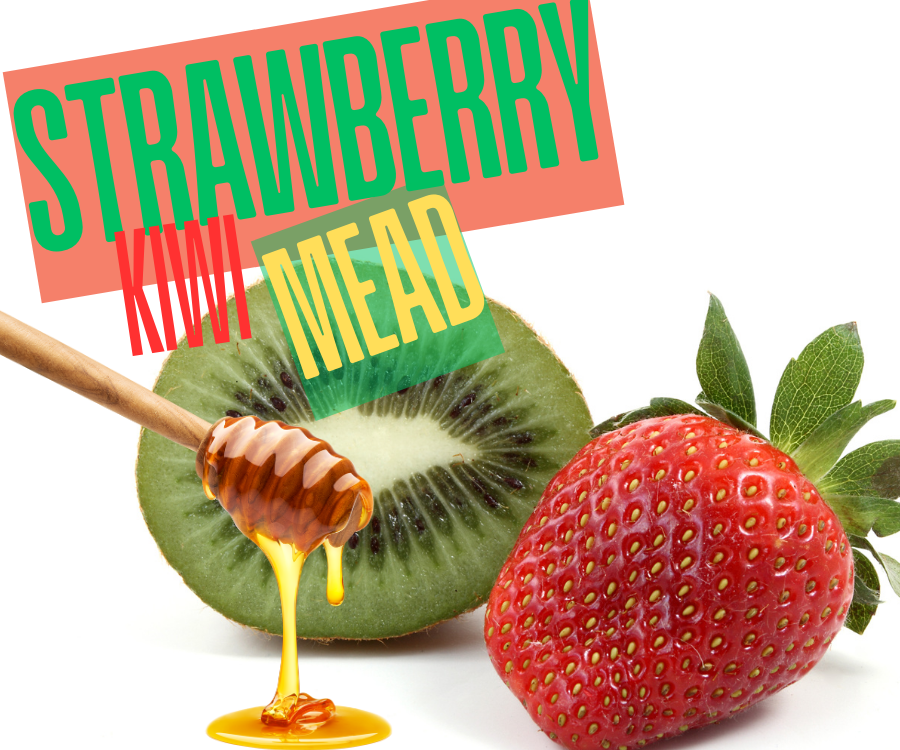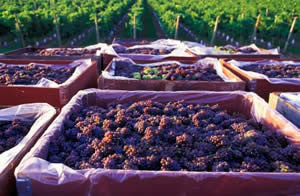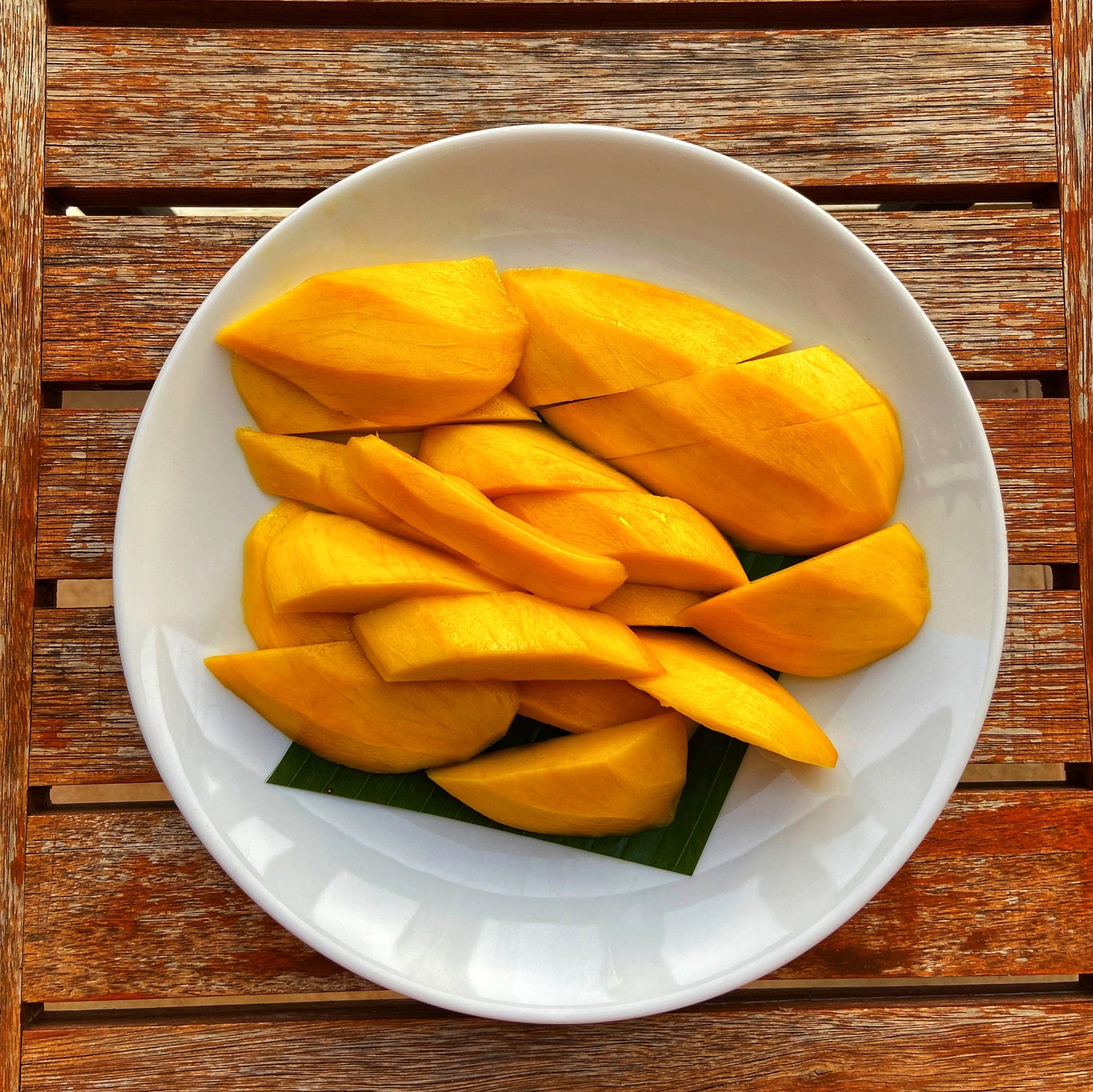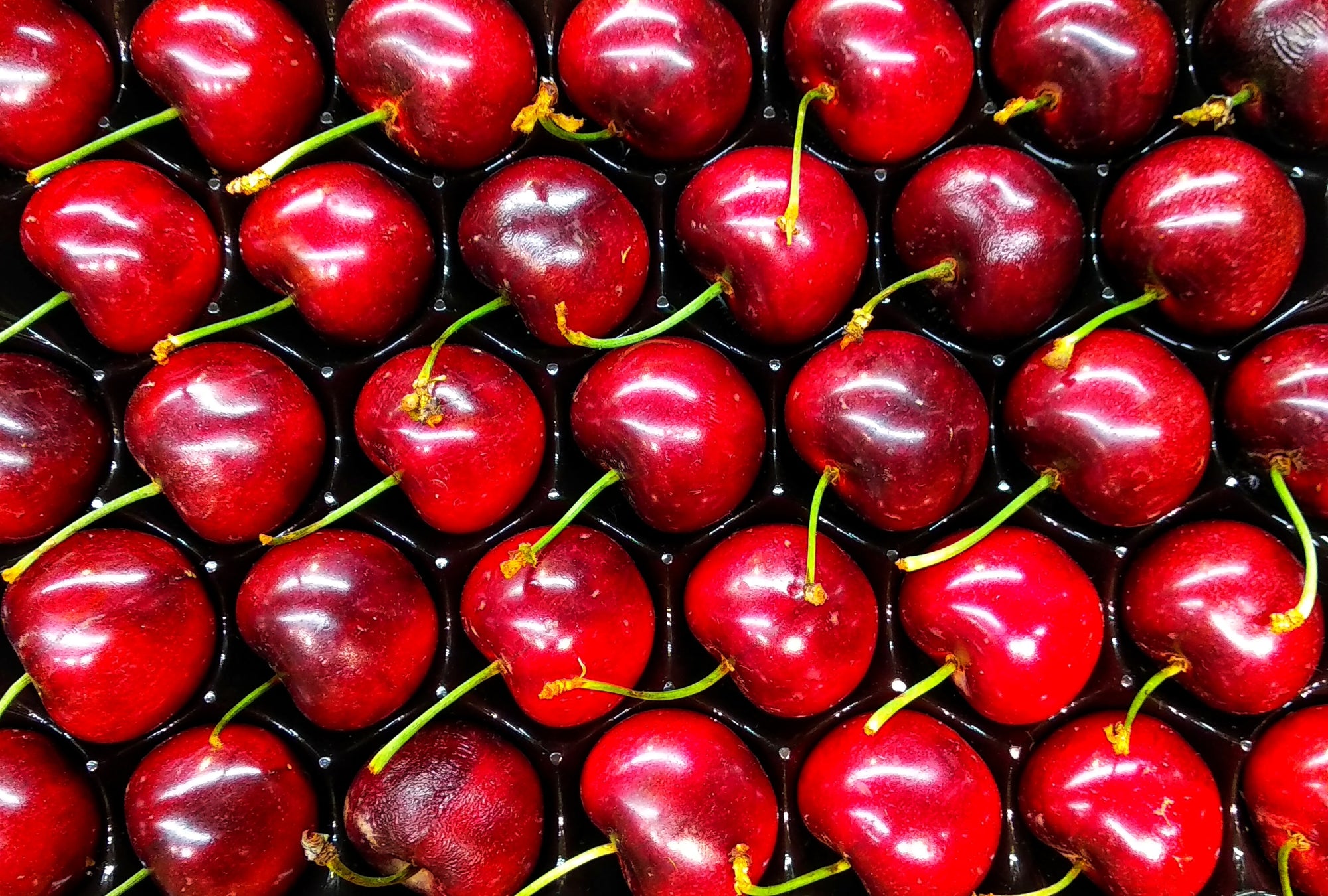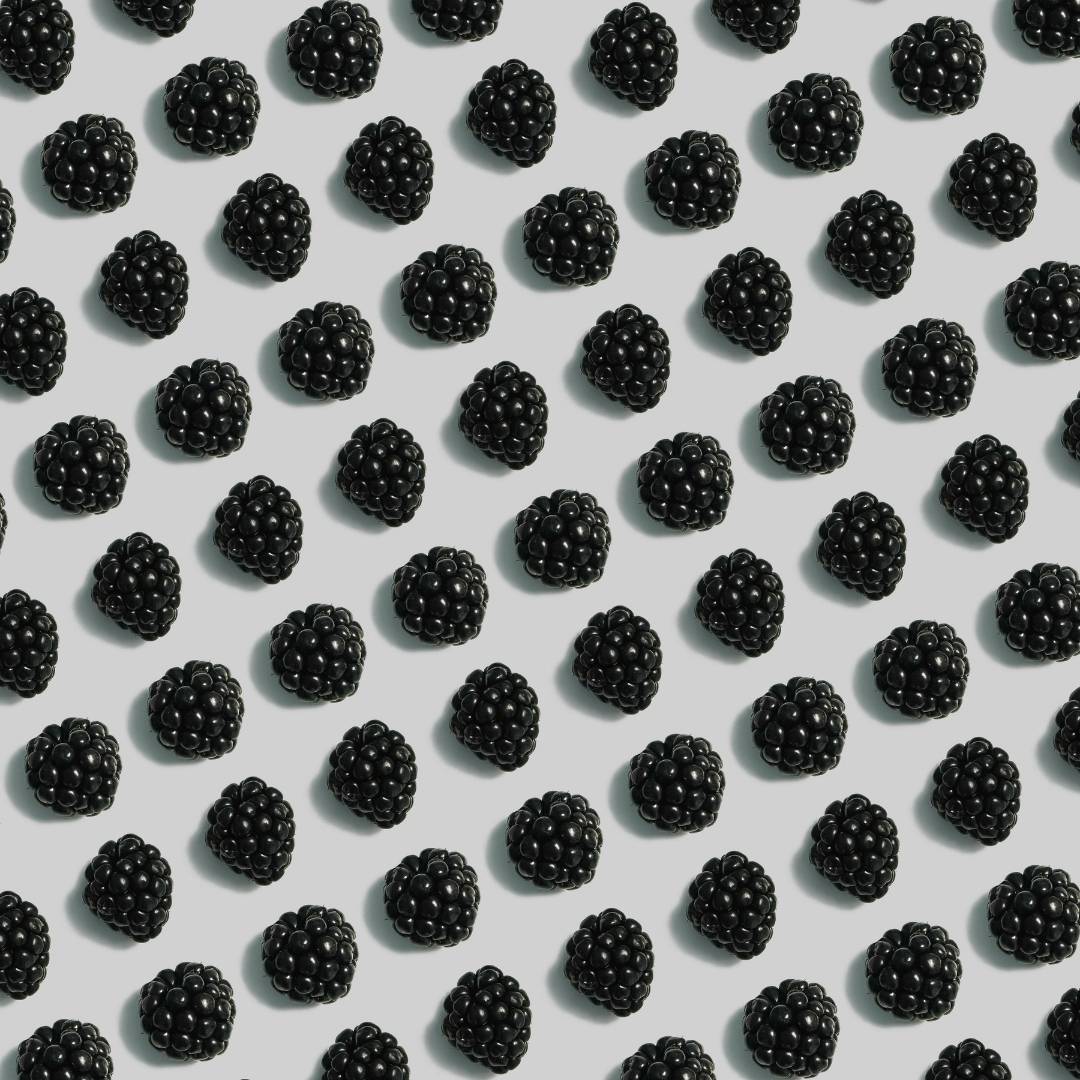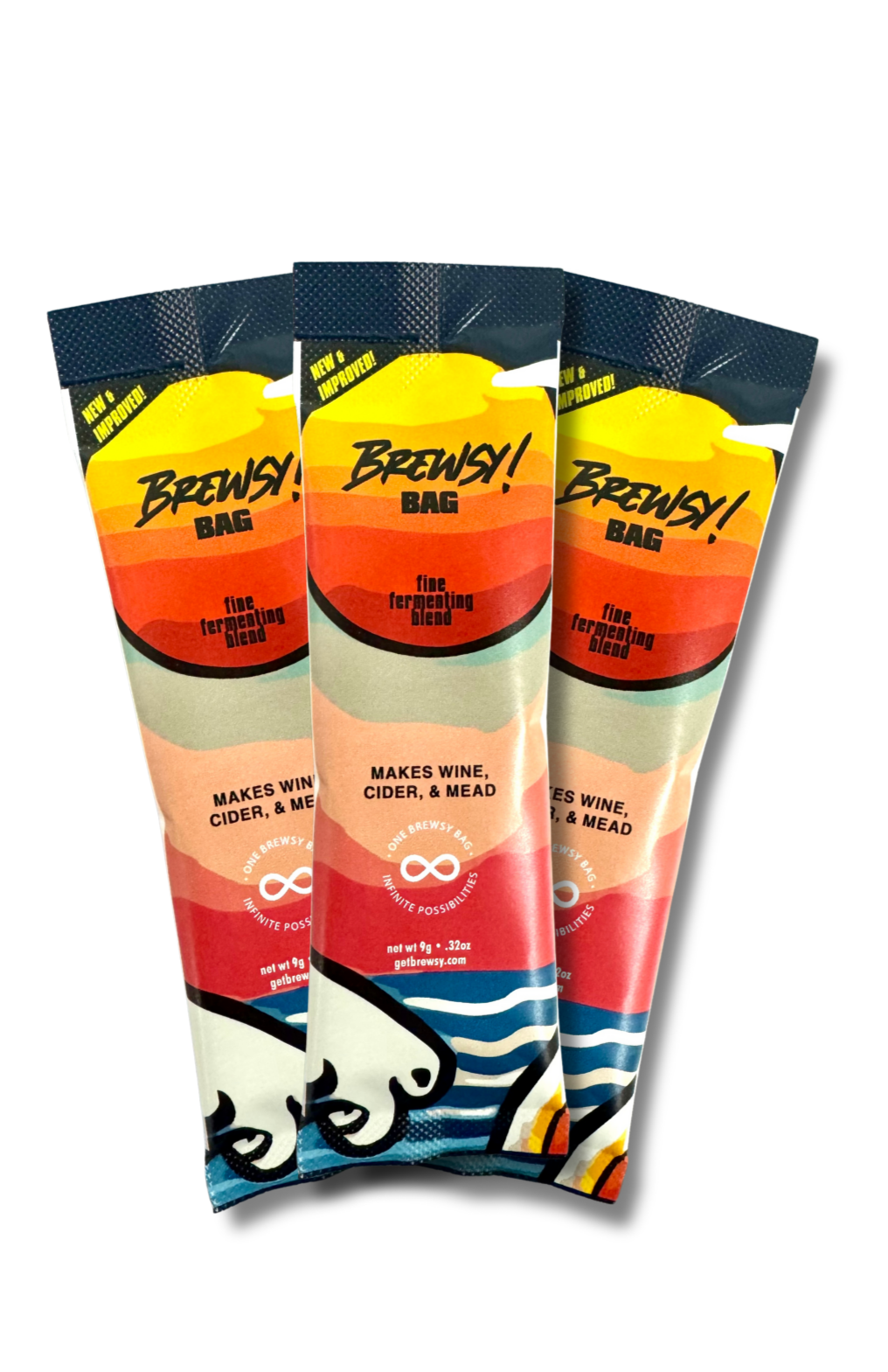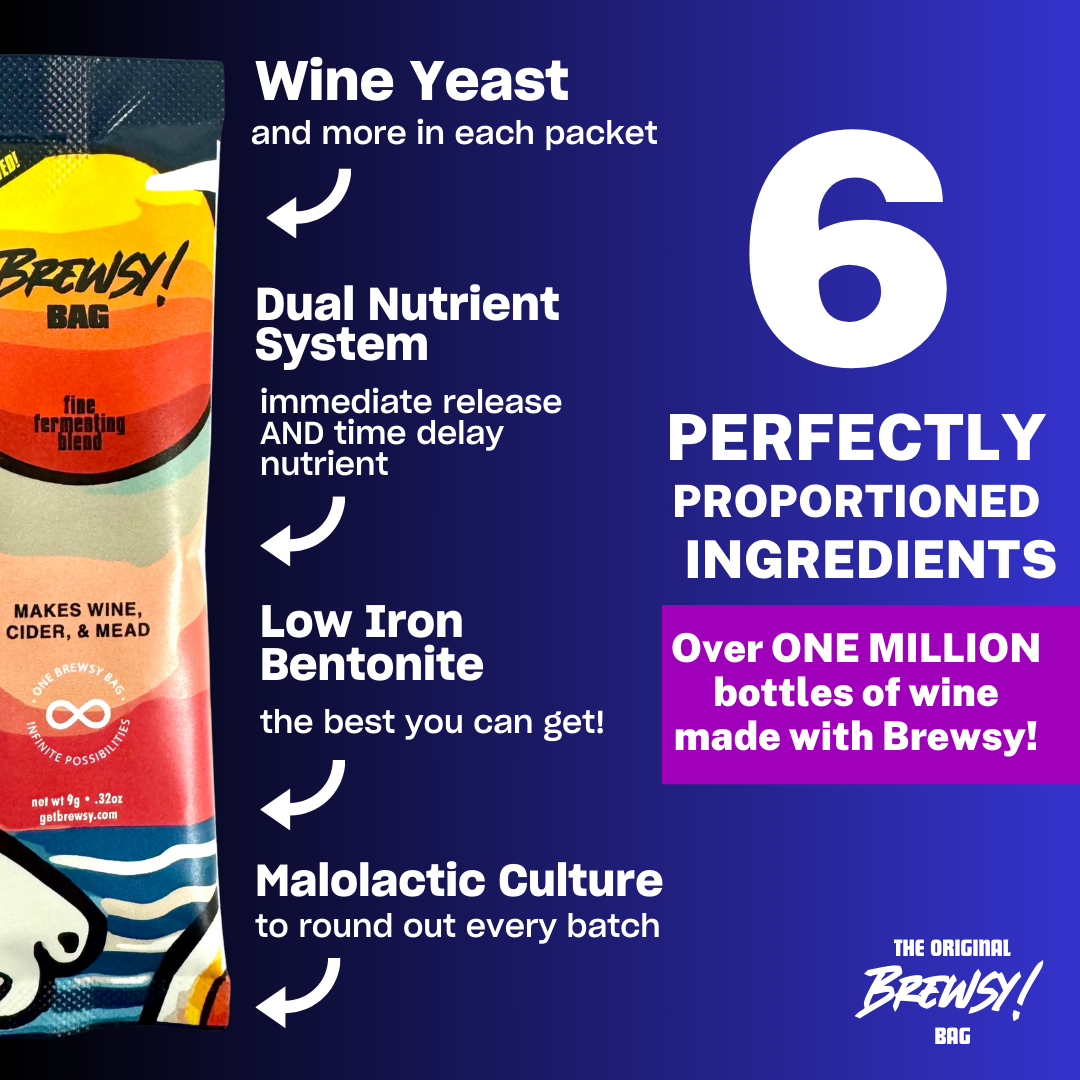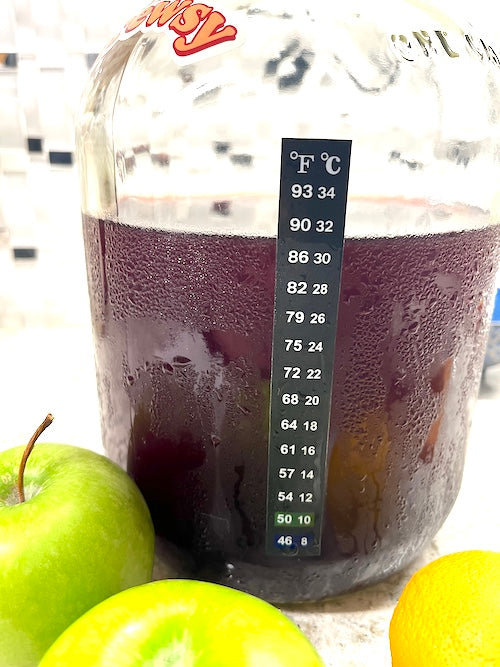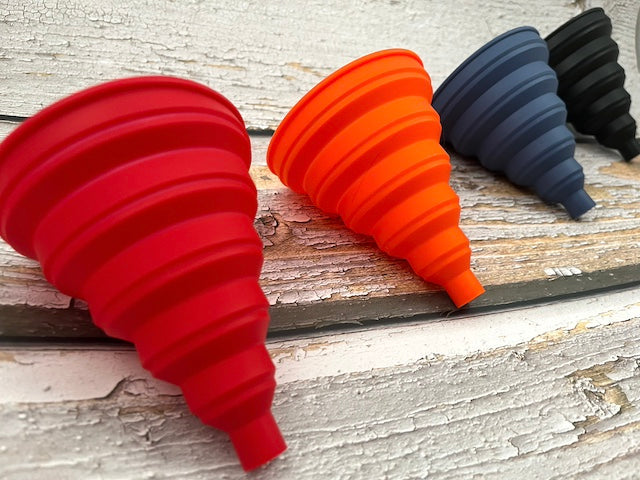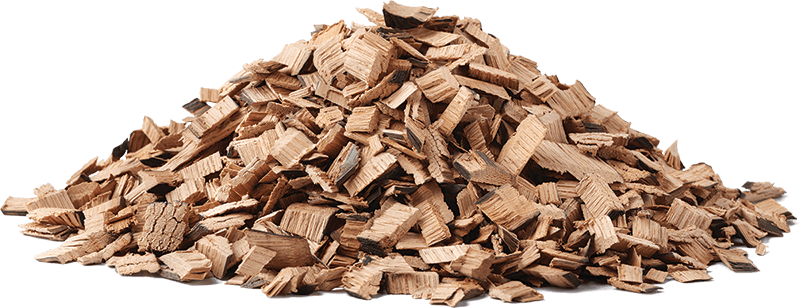
How to Oak Wine?
There are a plethora of different kinds of wood, but out of all of them, oak stands out as the go-to type of wood to use for barrels in winemaking, carefully manufactured by coopers. In winemaking, it is both common and traditional to use oak barrels to age wine, but how to oak wine?
Oaking wine is just that, placing wine into oak barrels and left to age. However, it is not only red wine that is aged in oak barrels, but also white wines such as the classic Chardonnay. Also, it is not also wines on the more affordable end of the price spectrum that gets subjected to the oak experience, but pretty much all of the high one wines as well as are aged in oak.
The History of Oaking Wine
Very early in the winemaking history, a history that spans thousands of years, wines were kept and transported in amphoras; ceramic vessels with a tapered end and handles on both sides that could be easily, and safely, tied together. The history of using oak as an aging vessel is a bit unclear, however, an early reference to wooden barrels dates back to ancient Greece where palm wood was used. Palm wood, although prone to warping, is a wood that is difficult to bend, so wine merchants at the time experimented with different kinds of wood. While the history is blurry, oak barrels have been used for at least two thousand years.
So why is oak one of the most popular types of wood for wine aging even today? It is simply because of its inherent qualities and traits. The porous nature of an oak barrel allows evaporation and oxygenation to occur in wine but typically not at levels that would cause oxidation or spoilage. However, winemakers tend to lose about 10% of a barrel's content due to evaporation, but, on the good side, it leads to more concentrated flavors and aromas. However, there are different oaks that produce different results.
What kind of oak to use for wine?
There are three main oaks used for oaking: the French oak, found in eastern France and central Europe, the oak of western France which is also known as English oak; and, lastly, the American oak. Each oak has different levels of tannins, lactones, as well as grain tightness. The French oak is regarded as the highest-quality wood for winemaking, commonly used by French and Italian winemakers.
On a smaller scale, however, such as winemaking at home, it would not be practical to age one gallon of wine in a traditional 59-gallon barrel so the alternative to that is oak chips which, on homemade scales, can produce a similar effect to barrel aging.
How to oak?
When oaking from home, it is much simpler because, for one thing, you do not need a cooper or to purchase barrels. Regardless of which kind you use, after racking at least once, for every 1 gallon of wine, you will want about 4 oz of oak chips in a sauce pan with 3 cups of water, and boil for 3 minutes. Strain, and added the oak chips to the wine, then return the wine to the fridge to let it infuse. Duration is subjective; the longer you let it soak, the more oak accents you get, so give it a taste every day until it achieves a flavor with which you are happy. From there, all that is left to do is discard the oak chips and let the wine age in the fridge.

